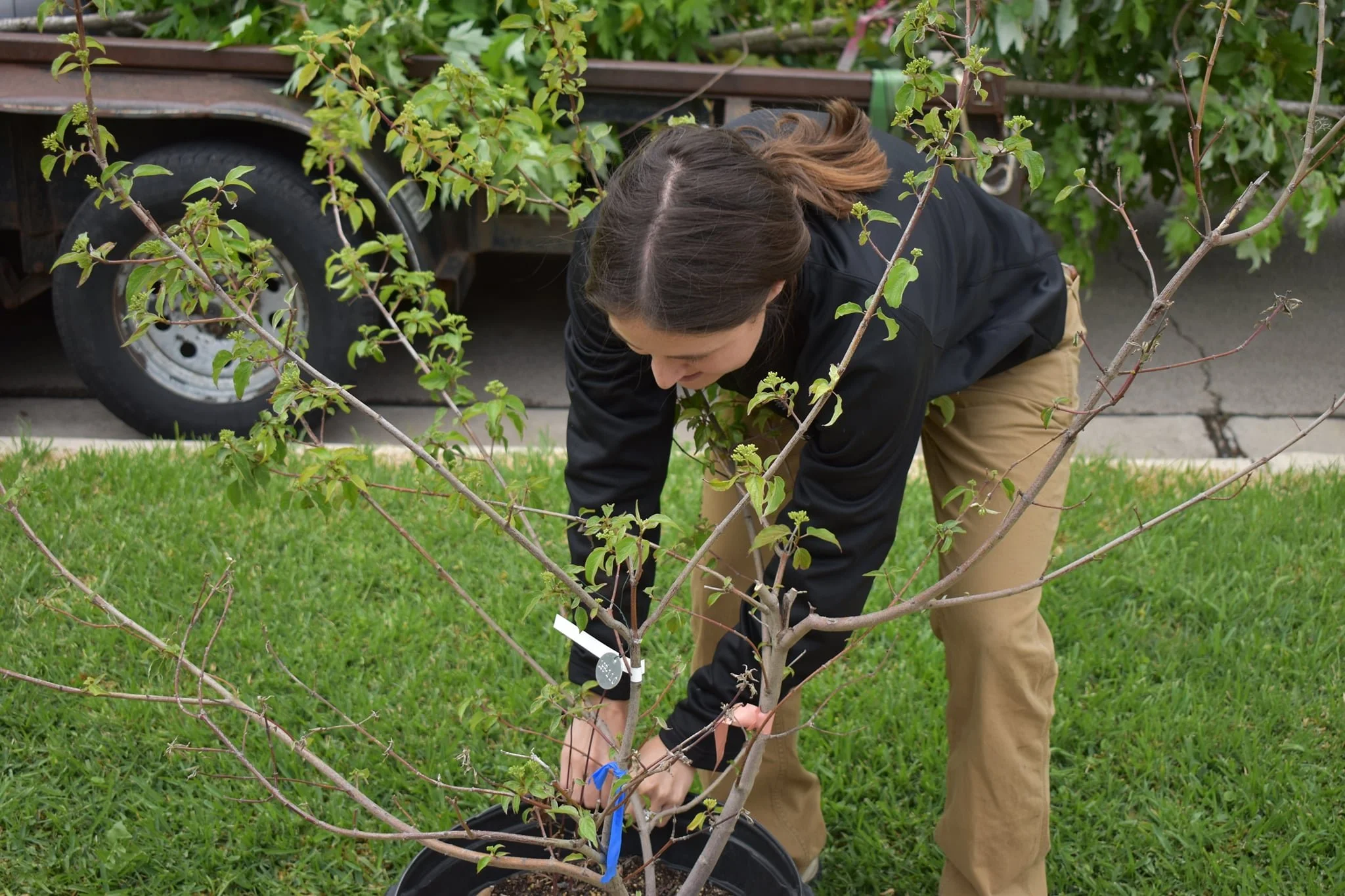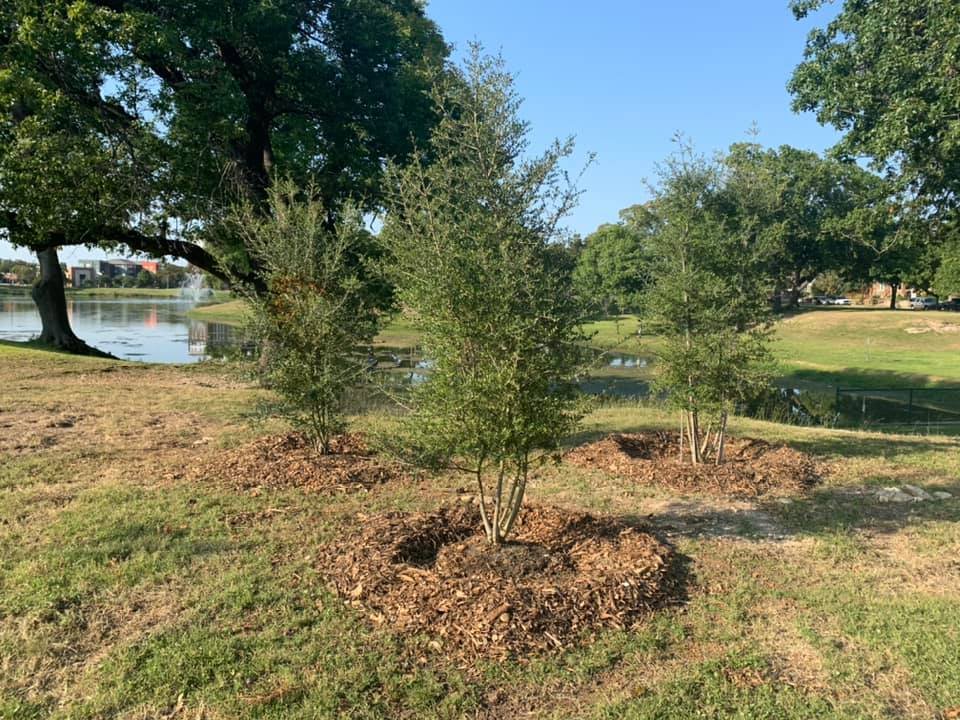Tree Planting
Problem
Climate change is the biggest threat to our planet. Deforestation is the second most significant cause of climate change, the biggest being the increasing use of fossil fuels. According to the World Bank, since 2016, an average of 108,000 square miles of forest have been cut down every year. 46 percent of the world’s trees have been felled and every 2 seconds, a forest the size of a football field is destroyed. This is the combined effect of logging, industrial agriculture, and grassland creation to meet the world’s appetite for red meat.
Without trees, we will no longer have clean air to breathe. The tree canopy within cities has become a growing concern worldwide as urbanization has led to land-use conversion and loss of urban forests. These challenges manifest as hotter and longer summers, wildfires, severe weather events, increased heat waves, and more severe droughts necessitating urgent action.
Solution
Planting trees plays a pivotal role in countering the effects of heat islands as they absorb carbon dioxide, reduce greenhouse gas concentrations, and provide cooling shade. Tree planting reduces harmful emissions from automobiles and factories to maintain cleaner air, water and soil conditions. Green spaces provide ecological and beautification benefits and support the physical and mental well-being of our communities.
Once the root system of a tree becomes fully established (roughly 1-3 years), it requires no maintenance while it continues its constant planet-saving activities for 50 to thousands of years depending on the species. They are stalwart foot soldiers, and the more of them we have, the better.
Impact
One Earth One Chance has an exemplary track record, planting 783+ trees and 662 shrubs in neighborhood parks and public schools in the Dallas metroplex and now expanding to other cities. Two mature trees can provide oxygen for a family of four per year. Additionally they can sequester 36 thousand lbs of carbon dioxide, prevent 19 gallons of water runoff, remove 102 lbs of air pollutants and increase canopy coverage by 2996 sq ft. In making communities more green, we also make them more walkable as trees provide shade, reduce heat, buffer noise, offset carbon and trap pollutants to filter the air we breathe. Not only have the lives of any visitors and residents to the restored spaces been impacted for the next 100+ years, so are the lives of animals, birds and insects.



